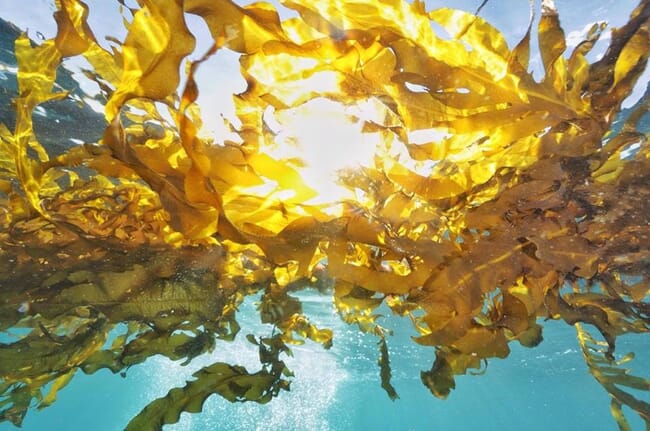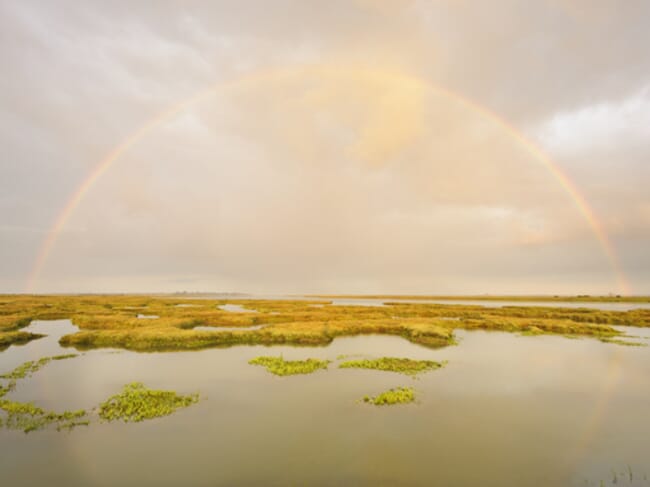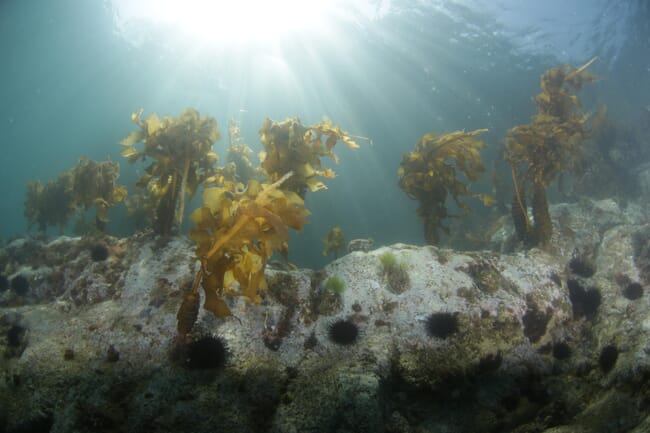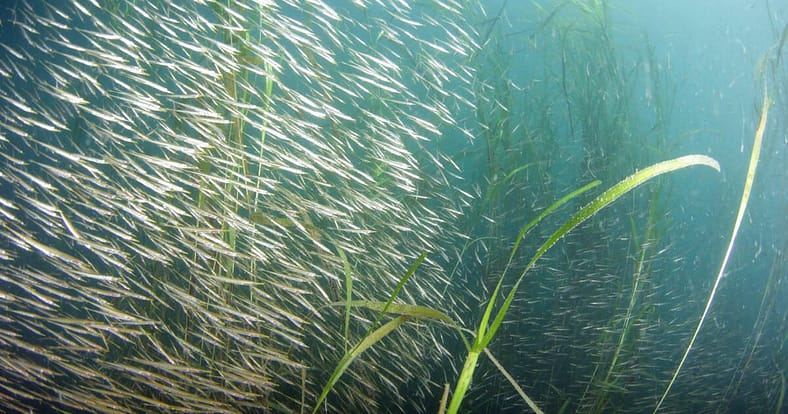Background
Some concerns have been raised regarding China’s attitude to blue carbon credits. Critics point to examples such as a case in March 2024 when a court in Xiangshan, Zhejiang province, convicted two individuals for illegal fishing. Part of their penalty – $2,600 – was paid using “blue carbon credits” generated by a seaweed farming operation.
The incident has turned the spotlight on China’s blue carbon strategy, prompting some important questions: what national strategies are working in this space, and how can these efforts be refined to better guide other countries in managing their own blue carbon resources?
China’s approach
China’s blue carbon space has made impressive strides in recent years, from the launch of its first blue carbon trading project in 2021 by the authorities in Guangdong province, to broadening its strategy by incorporating emerging pathways like shellfish and seaweed farming.
It’s been an exciting trajectory, but not without its challenges…
Firstly, there is concern about whether China is moving too hastily in adopting seaweed and shellfish aquaculture as carbon sequestration methods. While these techniques present promising opportunities, the long-term carbon-sequestration capacity of these blue carbon avenues remains uncertain.
Secondly, there is ongoing debate about how to best use blue carbon credits as a justice mechanism. Tying fines for ocean exploitation to the purchase of blue carbon credits could potentially create a loophole, turning these credits into a “get-out-of-jail-free card” for those causing irreversible, long-term damage. To prevent this, there are calls for clear legislation that ensures carbon credits are only used when direct restoration of damaged ecosystems is either not feasible or insufficient to fully address the harm caused. The reality is that certain damages, such as the loss of ecosystem functions, cannot always be adequately measured or offset through a credit.
Compounding this issue is the current lack of a consistent national legal foundation for blue carbon credits in China. Right now, it’s mostly up to local courts to experiment with these blue carbon justice mechanisms, which means there’s not necessarily enough oversight and potentially a lack of guidance.

© Hiroshi Sato
Japan’s approach
This recent news got us thinking about what other nations, including Japan, are doing with their blue carbon stocks. In a recent article, Hatch Blue put the spotlight on Japan’s advances in near shore blue carbon environments, and it captured significant international attention.
In that piece, we highlighted that Japan had taken the groundbreaking step of incorporating the carbon sequestration capabilities of wild seaweed and seagrasses into its national carbon calculations.
The ensuing discussions uncovered new details about the Japanese government’s methodology. The following section explores some of our findings about the state and progress of the Japanese blue carbon market beyond this policy update, as revealed by our collaborative research with the Idemitsu Group.
The Japan Blue Economy Association
Japan’s integration of blue carbon into its climate strategy accelerated when the Ministry of Land, Infrastructure, Transport, and Tourism established a study group on the topic, which eventually led to the creation of the government-endorsed Japan Blue Economy Association (JBE) in July 2020. The JBE is responsible for developing blue carbon credit standards, affirming their scientific basis, certifying voluntary credits, and promoting their validation. As Japan’s primary authority on blue carbon, JBE has brought clarity and legitimacy to the sector, earning the confidence of traditionally risk-averse corporations, and conversing with hundreds of potential project developers and private investors.

© Terry Whittaker
J-Blue Credits
J-Blue Credits are voluntary credits operated by the private sector, designed to target CO2 absorbed and stored through blue carbon projects. Although these credits currently do not contribute to Japan’s Nationally Determined Contributions (NDCs), they adhere to the Core Carbon Principles established by the Integrity Council for the Voluntary Carbon Market (ICVCM). The amount of CO2 absorbed is rigorously assessed by a third-party examination and certification committee, which then certifies the CO2 as J-Blue Credits.
The financial support obtained through the sale of J-Blue Credits helps to revitalise and sustain blue carbon activities. Buyers of these credits benefit from the positive public relations effects associated with global warming mitigation measures and CO2 emissions reduction.
Previously, blue carbon projects in Japan were small-scale, led by local NGOs and businesses, and focused on limited areas like seaweed and salt marshes. According to our research, the ecosystems restored or created through these projects primarily consist of seaweed beds (77 percent), seagrass meadows (36 percent), and tidal flats (8 percent). Several blue carbon projects have been underway in Japan since JBE was established – and in 2022, 21 projects received certification, followed by 16 new and ongoing projects in 2023.
For a blue carbon project to be successful and for credits to be issued, several primary considerations must be met according to JBE guidelines:
-
Clear explanations on the necessity of J-Blue Credits.
-
Evidence that the acquisition of credits leads to the development and continuation of restoration activities.
-
Ecosystem surveys conducted during the appropriate season using the correct methodology.
-
A detailed outline of the CO2 absorption calculation methodology based on three JBE formulas.

© Hiroshi Sato
Opportunities and progress
From our work in the blue carbon space, we’re encountering many familiar challenges that have persisted in the sector for years. These include bottlenecks such as the cost of blue carbon credits not fully covering restoration efforts, uncertainty in monitoring, reporting, and verification (MRV) for seaweed and seagrass projects, and the low success rate of restoration in certain ecosystems. Addressing these issues, along with others, is essential if we want to support this sector effectively.
That’s why we see a significant opportunity for continued innovation and support. Whether it’s through advanced technologies like more sophisticated hyperspectral imaging, improved planting technologies, or through the co-location of blue carbon projects with other community-driven ocean activities like aquaculture or ecotourism. Continued support will be crucial in overcoming the many challenges the ecosystem faces and unlocking the full potential of blue carbon initiatives.
Hatch Blue’s blue carbon initiatives
In case you missed it, to address these bottlenecks and support teams driving real progress, we’re launching a unique Blue Carbon Innovation Studio, in collaboration with Idemitsu. This pioneering initiative, to be held in Singapore from November 11-22, will bring together six to eight companies from the Southeast Asia/Japan region, as well as global blue carbon stakeholders. Our goal is to attract top-tier blue carbon innovators and support them with expert input to accelerate the development of their solutions. Through mentorship and advisory sessions, we aim to advance the knowledge, networks, and market opportunities for these companies, driving tangible impact in the blue carbon sector.
Next steps
If you’re interested in learning more about the opportunities and challenges relating to blue carbon in your region or business, get in touch with us at Hatch Innovation Services.

